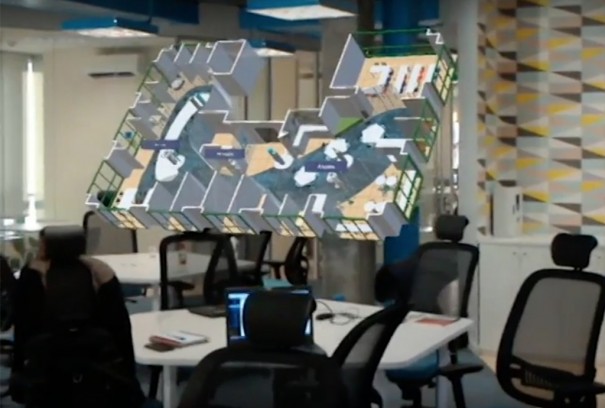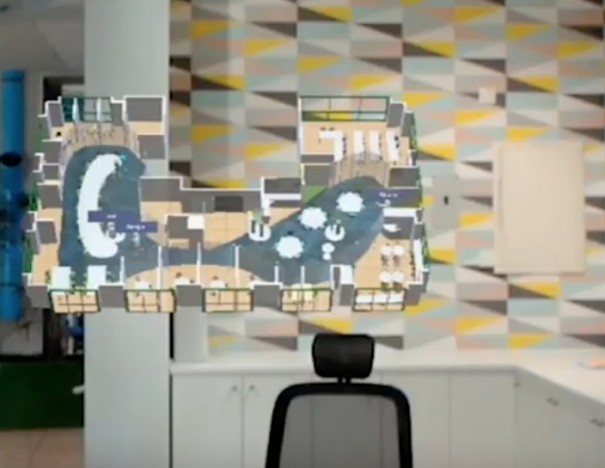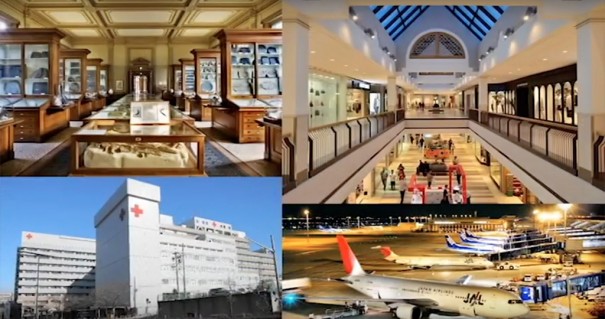Kabel HoloSitum combina realidad virtual con posicionamiento indoor
Esta plataforma muestra el modelo de un recinto en 3D identificando, mediante hologramas, las personas que están en él y su situación en tiempo real. For this, se utiliza Situm como tecnología de posicionamiento indoor, las gafas Microsoft HoloLens, como dispositivo de realidad mixta, y servicios cloud de Azure.
HoloSitum es una plataforma para la localización de personas en entornos industriales y logísticos que ha sido desarrollada por Kabel. Se basa en la tecnología de posicionamiento indoor de Situm, que en conjunción con el dispositivo de realidad mixta Microsoft HoloLens y los servicios cloud de Azure, para coordinar los distintos elementos, permiten crear un mapa de posición de las personas en tiempo real.
Una vez creado el mapa virtual del recinto en tres dimensiones y provistos los usuarios a seguir con un simple teléfono móvil, la aplicación HoloSitum es capaz de detectar y mostrar, a través de las HoloLens, la situación de los usuarios y su movimiento en tiempo real sin necesidad de balizas ni dispositivos auxiliares.
“Con Situm, Kabel incorpora posibilidades únicas de posicionamiento indoor. Es un gran avance y tiene un uso claro para entornos industriales, y también para recintos como hospitales, airports, museums, almacenes o plantas de fabricación”, asegura Miguel Ángel Castejón, director del Lab de Kabel.
En sucesivas iteraciones HoloSitum podría actuar como gestor de rutas, actuando como un GPS en 3D que permitan mostrar indicaciones para llegar al punto de destino.
El equipo de Kabel ha estado trabajando en el desarrollo de otras soluciones empresariales alrededor de tecnologías de realidad mixta y aumentada, Inteligencia Artificial y posicionamiento indoor para responder a las necesidades detectadas en el mercado.
Como resultado de estos trabajos ha presentado una serie de MVP’s/pruebas de concepto sobre los que desarrollar distintos casos de uso. HoloSitum es uno de estos MVPs.
“Pensamos que la realidad mixta, en conjunción con servicios cognitivos y servicios de posicionamiento indoor y outdoor, va a ser un importante catalizador de la transformación de muchos procesos industriales. Es por ejemplo especialmente interesante la interacción que sucede en HoloLens entre sus interfaces visual, de gestos y de voz y las posibilidades que ofrecen servicios cognitivos de reconocimiento de voz o de visión artificial como los disponibles en Azure”, explica Tomas González, director de Marketing, Alianzas y Desarrollo de Negocio de Kabel.
https://youtu.be/CVNTRmMi-zs
Did you like this article?
Subscribe to our NEWSLETTER and you won't miss anything.





